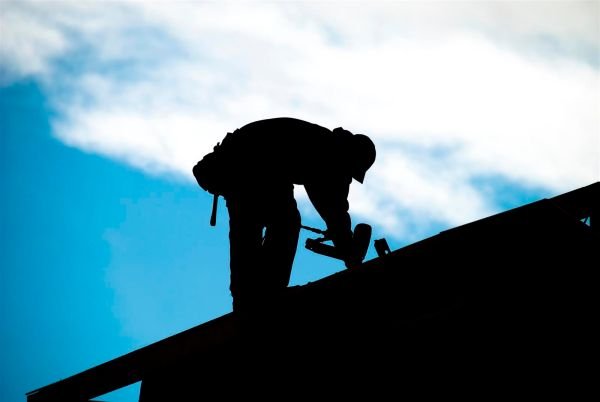
Whether you want to tornado proof your house or are just planning on building a backyard shed, do take a gander at our Cool Tips sections. And, since we are talking about tips, it is high time we covered something about our home’s unsung hero – the roof. Now with the rainy season coming for us ‘North Hemisphere-rians’, this shift in focus towards roofing systems seems more pertinent, especially with those darned instances of leaks and wind caused damages. So, without further ado, let us go through some simple guidelines that could help you when you are repairing your roof.
1) Assessing the roof’s overall condition

You may have your fascination with those delectably painted walls, but the truth is – roof is your numero uno protection against the capriciousness of nature. So, the first step always entails the assessment of your roof’s structural condition. In this regard, you can always check for various issues that might relate to the defects or leaks. Some of these common issues include damage to the roofing surface, defective flashing, impairment of shingles, crumbling mortar and the occurrence of weeds growing out of various roof areas. You can check on most of these defects from outside, while being on the ground level. Moreover, you can also inspect your roof from the inside of your house, especially when there are evidences of rotting timber, damp patches and the rare cases of insect infestation.
2) Calling on professional help

The cavalry needs to be called when the situation is dire, or certainly beyond your DIY capability. Those instances mainly entail situations like multiple leaks or damages across your roof’s surface and flashed areas, shingle splits, and when pools of water are accumulated in any particular region of the roof. As a matter of fact, water based damages do have the tendency to spread quite quickly to other vulnerable areas of our house’s structure like walls and even foundations. Furthermore, there may be instances when you are not at all familiar with the roofing material – like ceramic tiles. In numerous cases like these, a roofer’s expertise certainly comes in handy. Of course, as with other house renovation projects, we should carefully search for reputed contractors, and then only make our call.
3) Do it yourself

Now, if your roofing conditions are ‘sufficient’ enough to hold off the persistent downpour, dampness and winds of the rainy season (after, we presume you have followed the earlier two tips), you can always check out for the smaller defects. These defects generally entail intruding plant life (like weeds) on your roof or loosening of your guttering’s position. And as such, their solutions are also pretty simple, which can be achieved by some easy DIY touches. But before we list the solutions, we should warn – climbing on your sloping roof is never a good idea, especially when you are inexperienced in roof jobs. So, to be on the safer side, be sure to have a roofer’s ladder (the extendable ones are preferable) and a safety harness that can be secured to your chimney’s base. Also, avoid working in icy, slippery conditions.
The DIY list of solutions –
1. First you should spot the weeds growing around the roof and guttering region, and remove them along with their roots. You can also remove the leaves (and other impeding materials like wet mud from crumbling mortar) blocking the gutter passage by using long pipes, rods or even your handy garden trowel.
2. If your guttering is loosened, you can tighten the screws, or even replace the brackets that support the guttering. And, since we are talking about guttering and replacing, you can further replace the rubber seals that are placed at the joints of a plastic gutter.
3. You can change a broken tile with a new one with a relative simple process. All you need to do is separate the other ‘good’ tiles from the broken one by inserting bits of wedges. Then you can pluck the broken tile with a trowel, while also detaching it from the holding nibs and nails. Finally, you slide in a new tile, hook the nibs and then remove the wedges; and voila – it is done!
4. Overlapping tiles are even easier to change. In this case, you need to tilt the broken tile (by using any flat instrument) and pluck it from the arrangement. Levering the tile up releases the clips. Then you can finally proceed to inserting a brand new one, which fortunately doesn’t require fixing.
5. Peeling of the paint on your chimney masonry is pretty common, as the damp flow of water works its way across the inner surface of the passage. In such cases, it is always cost effective to opt for a rain cap (available in galvanized, steel and copper). Posing as an (around $30 – 40) one-time investment, such caps keeps most of the dampness away, thus eschewing the need for a costlier paint job.



